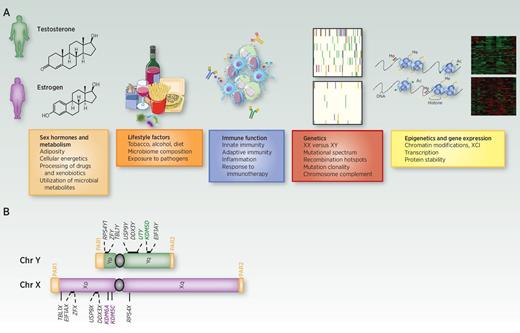
Understanding the organic variations between breast most cancers in women and men requires experiments within the laboratory. Though most of what we learn about breast most cancers comes from learning ladies, latest analyses of males with the illness have revealed vital variations. Researchers, like Dr. Harikrishna Nakshatri from the Indiana College Faculty of Drugs ((https://most cancers.iu.edu/about/members/bio/1111)), at the moment are creating experimental fashions for male breast most cancers. He lately shared his ongoing research with me, and gave his permission for me to weblog about his work.

Dr. Nakshatri’s lab is growing two kinds of fashions from male breast cancers: cell line and PDX fashions. Each will likely be priceless for learning completely different facets of the illness. What’s notably thrilling is that also they are creating fashions of regular male breast cells, permitting for a greater understanding of the processes resulting in most cancers. My gratitude to the wholesome volunteers who’re agreeing to a needle-guided biopsy of their breast tissue for this work.
One focus of their analysis is on estrogen signaling. They intention to discover how estrogen impacts gene expression and quick cell habits. The complexity of the signaling pathways is being untangled utilizing superior screening and computational methods. Already, Dr. Nakshatri has noticed variations in how these pathways are activated within the male experimental fashions, with completely different units of genes regulated by estrogen.
An attention-grabbing discovering is the activation of genes on the Y-chromosome in male breast most cancers. This provides a novel dimension to the variations between female and male breast most cancers, and is sensible within the context of latest descriptions of those genes roles in most cancers [Rossella Tricarico, Emmanuelle Nicolas, Michael J. Hall, Erica A. Golemis; X- and Y-Linked Chromatin-Modifying Genes as Regulators of Sex-Specific Cancer Incidence and Prognosis. Clin Cancer Res 1 November 2020; 26 (21): 5567–5578. https://doi.org/10.1158/1078-0432.CCR-20-1741].

General, this basic analysis is essential for advancing our understanding of the illness and growing higher therapies. Dr. Nakshatri’s work is paving the best way for potential enhancements in outcomes for sufferers with male breast most cancers. Thanks, Dr. Nakshatri!

